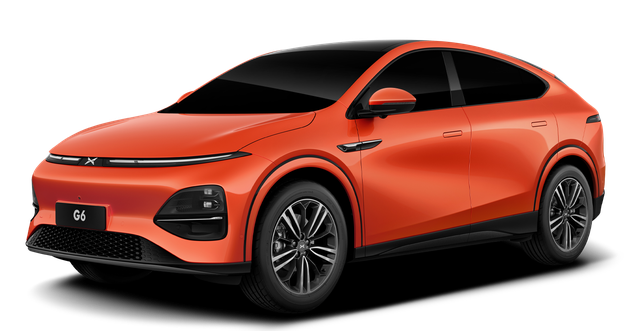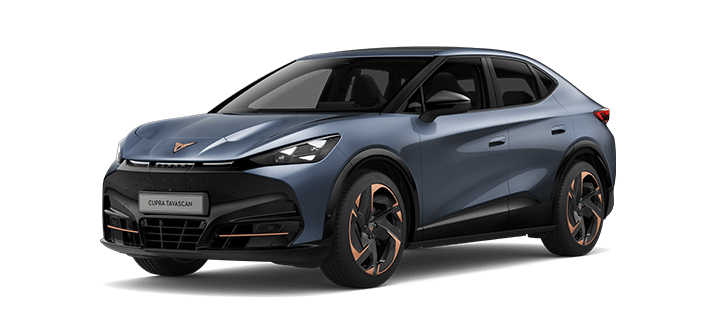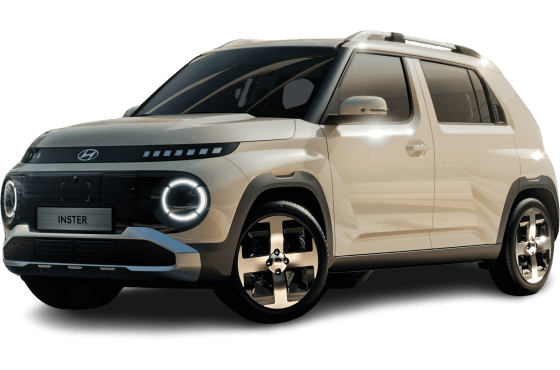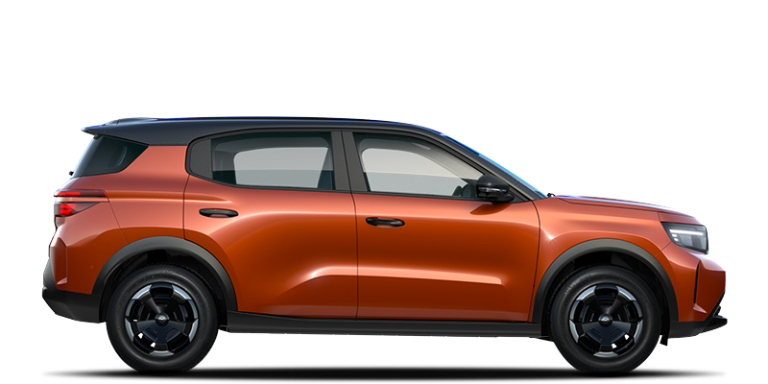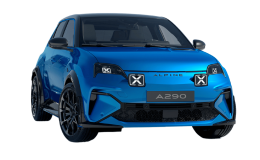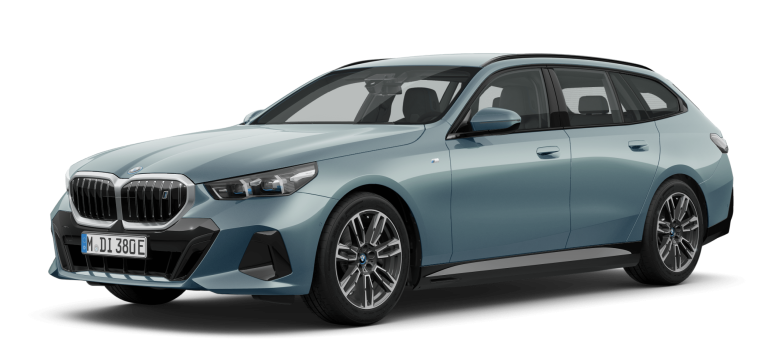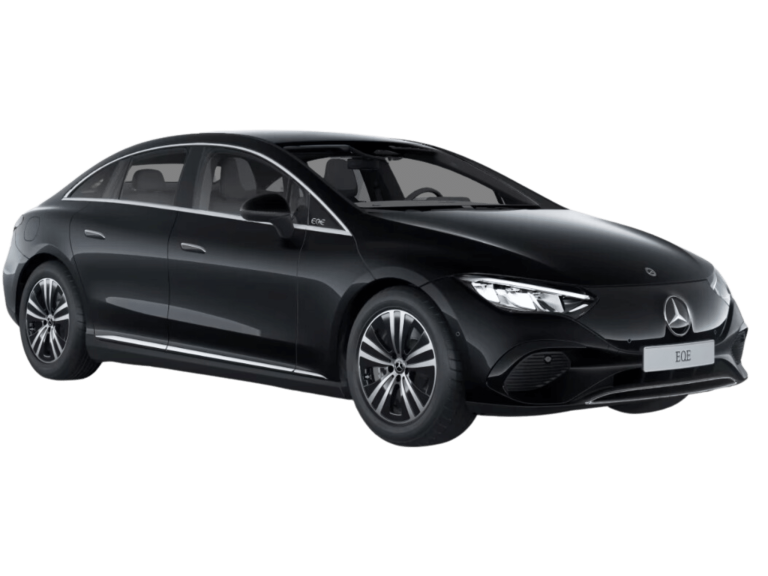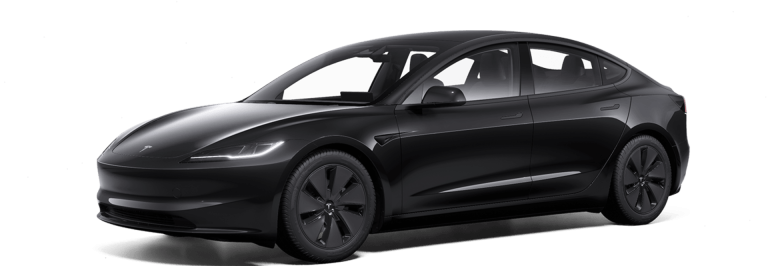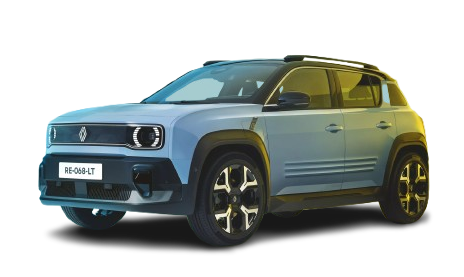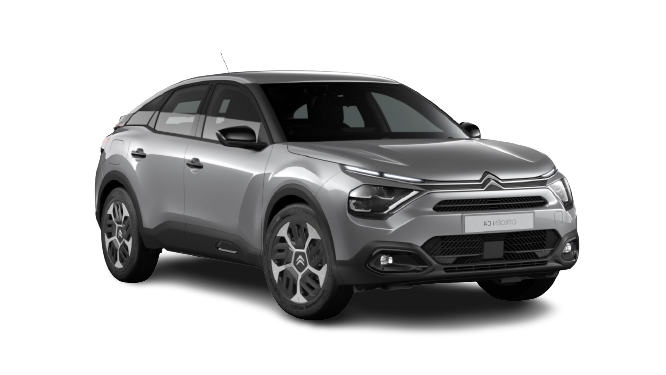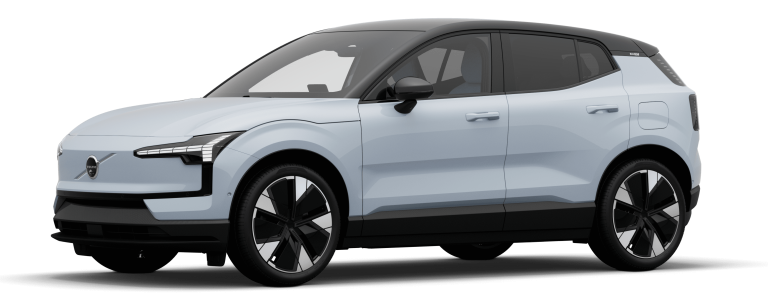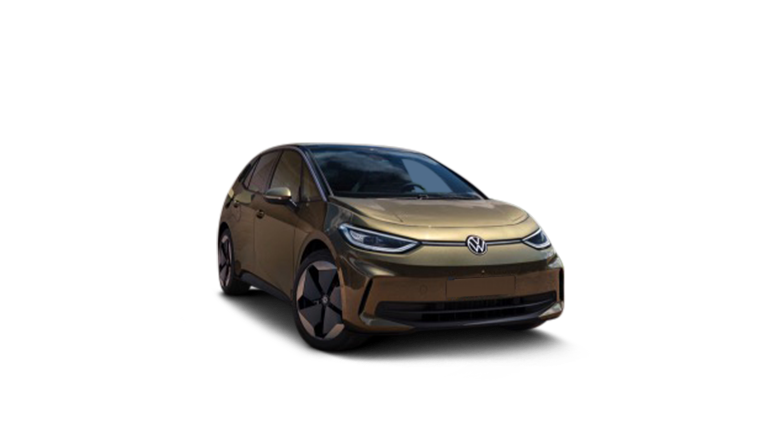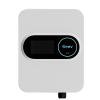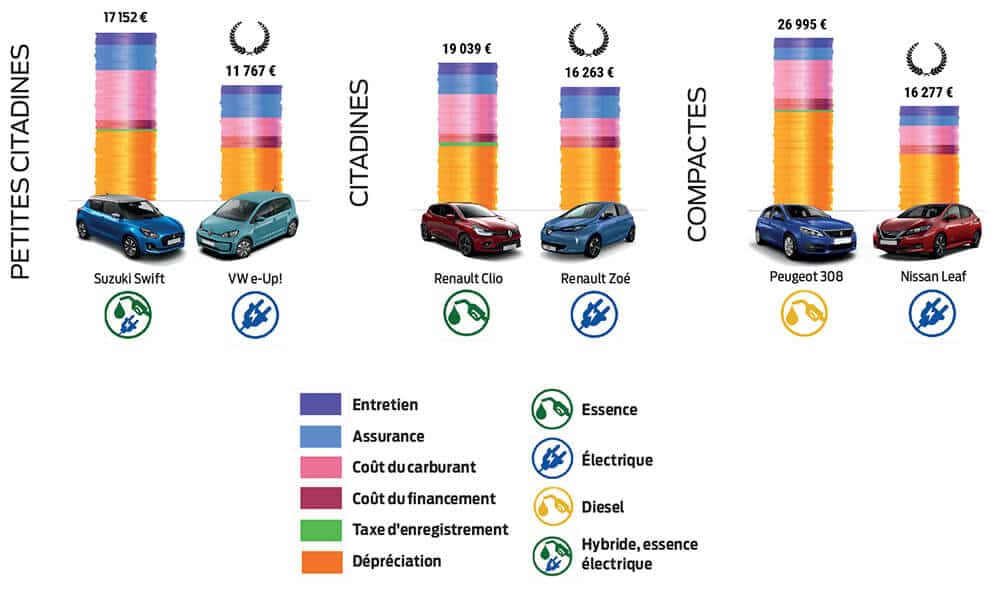How an electric car works
Whether it's an electric van or an electric car classic, the design of an electric car is much simpler. Indeedinternal combustion engines (diesel or petrol) powered by heat.
The electric car, on the other hand, has a motor which, thanks to a magnetic field, creates a movement at the rotor which is then transmitted directly to the wheels. To generate this action, the electric car needs no clutch. Simply press the gas pedal.
To maintain cohesion in the electric motor, an on-board computer efficiently manages and controls the power the electric motor needs to develop.
With no fuel, no ignition and no filters, the electric motor provides smoother driving control. What's more, equipment such as suspension and braking systems are subjected to far less stress. In addition, brake energy recovery (SREC) ensures longer brake life.
The battery is perceived as the heart of the electric car, enabling the motor to move the car forward. The battery system of an electric car, often confused with that of a smartphone, is designed in a totally different way - and fortunately!
Indeedelectric car batteries use a system that maximizes their lifespan. maximize their lifespan. As this is one of the most expensive parts of the vehicle, it requires even greater daily vigilance.
Read also: ADEME: why choose a lighter battery for your electric car?
The specificity of electric cars
While many wear and tear parts are similar between the internal combustion engine and the electric car, such as shock absorbers, tires, brakes and certain mechanical and electronic components like the suspension, filter system and air conditioning, for example.
Others, on the other hand, no longer exist in an electric car, such as the oil change, gearbox or clutch. Brake pads, for their part, are subject to less stress and therefore require less maintenance.
Discover the electric cars available from Beev
Maintaining your electric car battery
First of all, most electric vehicles have a situational charging option depending on your daily use, most often "Standard", "Long Distance" and "Max Charge". When recharging, this factor should be taken into account to optimize battery life.
Some electric cars have a countdown timer to help you plan your recharging times and avoid leaving your electric vehicle plugged in when it reaches 100%range.
Maintaining your electric car during extended downtime
If you're going to be away for a long time, your electric car needs to be looked after if you want to get it back in good condition.
Here are a few tips for preserving your EV.
- Plugging in your electric car : when the electric car is immobilized for a long period, it's advisable to charge your vehicle to 100% and then unplug it. The ideal charging level is between 50% and 75% of your battery. Leaving your electric vehicle on battery battery for too long can affect its range and damage the battery.
- Battery: It is not advisable to charge your electric vehicle to 100% battery capacity. This would lead to premature battery ageing. To preserve the condition of your electric car during prolonged parking, it is advisable to keep the vehicle at a charge level charge level between 50% and 75%..
- Park at room temperature: changes in outside temperature affect the battery capacity of electric vehicles. So it's best to park your car in an enclosed area that's neither too hot nor too cold. A garage or underground parking space will do the trick.
Read also: 6 tips to improve your electric car's range in winter
- Check tire pressure: Just like any other vehicle, when an electric car is parked for too long, it's important to pay attention to the condition of its tires. To prevent the rubber from deforming, we recommend increasing tire pressure by 0.2 to 0.5 bar. If you're going to be out of action for more than a month, it's best to inflate your tires to a pressure of 3 or 4 bars.
Maintenance frequency
An electric car needs to be maintained at the same frequency as any other car. Checking the tires, replacing the windshield wipers and changing the oil are always essential.
Moreover, a drop in tire pressure can not only be dangerous for driving, but can also reduce the electric car's range by 1%.
What's more, carmakers don't hesitate to provide warranties on the electric vehicle and the various parts essential to its operation (battery, powertrain, etc.).
For example, Korean manufacturer Kia offers a 7-year warranty on its flagship model, the Kia Niro EV.
Of course, electric cars are not exempt from roadworthiness testing. On the other hand, there is of course no emissions test, given that an electric car has zero carbon emissions.
Should I visit a garage or a dealership?
In addition to providing a warranty on the electric vehicle and the various parts essential to its operation (battery, powertrain, etc.), dealerships are increasingly developing a network of garages specializing in electric cars.
It's important to know that electric vehicles can't be serviced just anywhere. In fact, you need to go to garages that specialize in electric cars. Because electric cars require additional training, most independent garages are still reluctant to obtain the certification and equipment needed to service an electric car.
These regulations, dating from 2011, are reflected in the concept of electrical authorization. The "UTE C18-550 standard" certifies that a garage or professional is qualified to handle electrical equipment. Electric cars are included in this classification.
However, with the increase in sales of electric cars, thanks in particular to the arrival on the market of electric vehicles with large batteries, many garages are starting to train their teams in these new technologies.
When it comes to servicing your electric vehicle, it's best to visit your dealer or a garage specialized in electric cars, to avoid unpleasant surprises.
You can easily find a dealer or garage who will be able to maintain your electric car properly. For more information, please visit jesuisconducteur.com .
How to prevent breakdowns in electric cars?
As far as technical breakdowns are concerned, they are obviously much rarer on electric cars.
However, mismanagement of the driver's autonomy can lead to an energy energy failure. This is also the case with combustion-powered cars when fuel management is poor.
Under these conditions, the electric car warns of its low range capacity as soon as it falls below the 10% battery threshold.
After the first warnings on the dashboard, the electric car can drive a further 20 to 50 kilometers. Then the vehicle begins to slow down, reaching "turtle" mode. This is the signal to pull over before reaching the critical 0% threshold.
Nonetheless, the various navigation tools are connected to an independent battery, so that essential dashboard information remains available.


